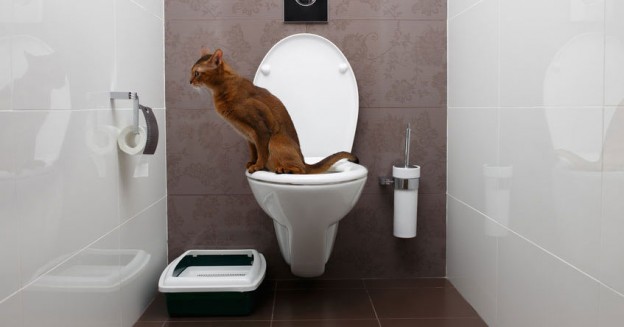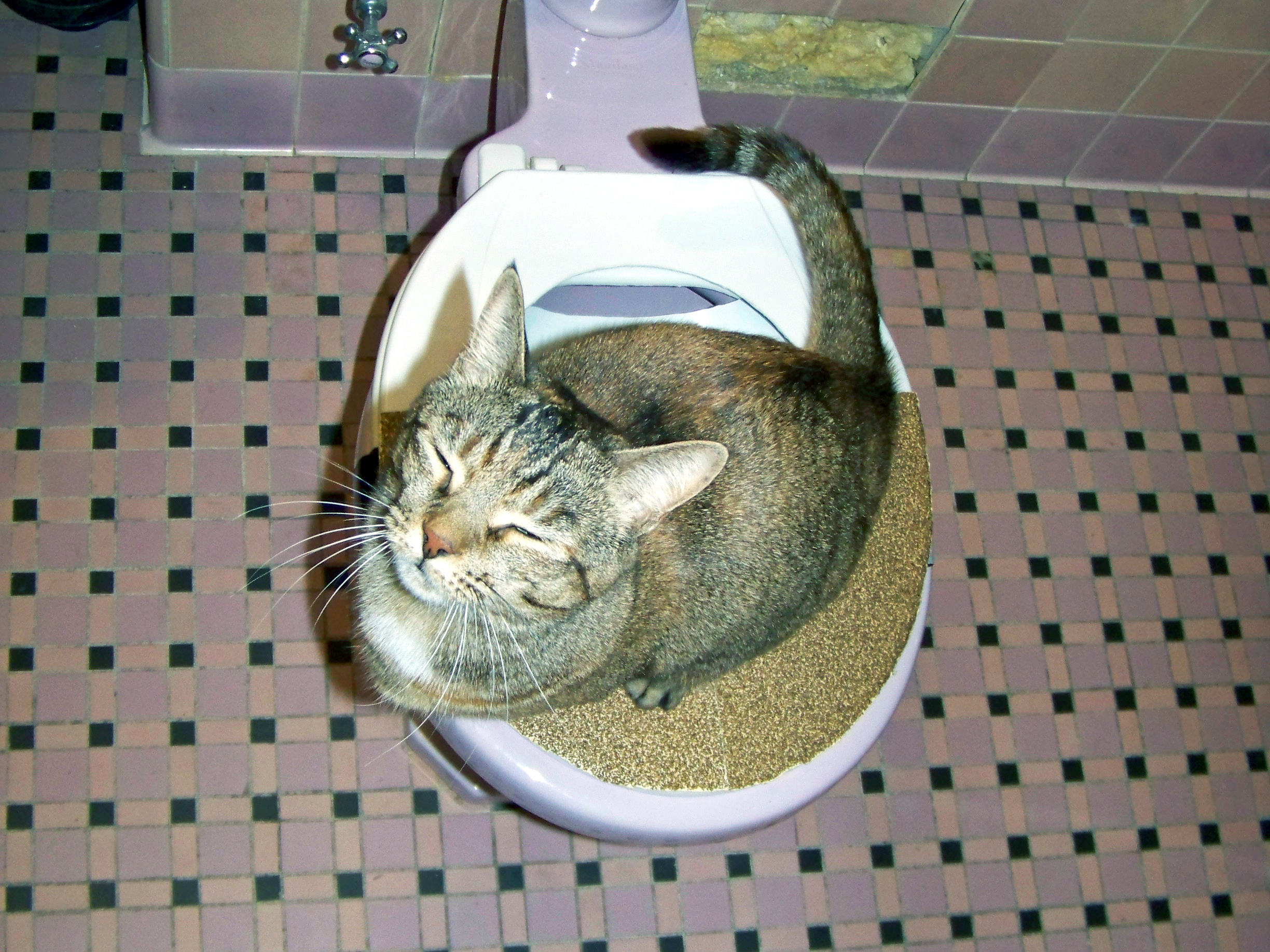Why You Should Never Flush Cat Poop Down Your Toilet - Crucial Information
Why You Should Never Flush Cat Poop Down Your Toilet - Crucial Information
Blog Article
We have stumbled upon the article on How to Dispose of Cat Poop and Litter Without Plastic Bags down the page on the internet and believe it made perfect sense to relate it with you on my blog.

Intro
As pet cat proprietors, it's important to be mindful of how we deal with our feline buddies' waste. While it might seem convenient to purge pet cat poop down the bathroom, this practice can have destructive effects for both the setting and human health and wellness.
Alternatives to Flushing
Thankfully, there are safer and extra accountable ways to throw away cat poop. Take into consideration the adhering to options:
1. Scoop and Dispose in Trash
One of the most common method of dealing with cat poop is to scoop it into an eco-friendly bag and toss it in the trash. Make sure to utilize a dedicated trash inside story and get rid of the waste promptly.
2. Use Biodegradable Litter
Go with naturally degradable pet cat litter made from materials such as corn or wheat. These litters are eco-friendly and can be safely taken care of in the trash.
3. Bury in the Yard
If you have a backyard, think about burying pet cat waste in a designated location far from veggie yards and water sources. Be sure to dig deep enough to avoid contamination of groundwater.
4. Install a Pet Waste Disposal System
Invest in a pet dog waste disposal system especially made for cat waste. These systems utilize enzymes to break down the waste, minimizing odor and environmental impact.
Health and wellness Risks
In addition to environmental problems, flushing cat waste can likewise posture health risks to people. Feline feces might contain Toxoplasma gondii, a parasite that can create toxoplasmosis-- a potentially severe health problem, specifically for expectant women and individuals with weakened immune systems.
Environmental Impact
Flushing pet cat poop introduces unsafe microorganisms and parasites into the water system, posturing a substantial threat to water ecosystems. These impurities can negatively affect aquatic life and concession water high quality.
Verdict
Accountable family pet possession prolongs beyond supplying food and sanctuary-- it likewise includes correct waste monitoring. By avoiding purging feline poop down the bathroom and choosing alternate disposal methods, we can minimize our environmental impact and shield human wellness.
Why Can’t I Flush Cat Poop?
It Spreads a Parasite
Cats are frequently infected with a parasite called toxoplasma gondii. The parasite causes an infection called toxoplasmosis. It is usually harmless to cats. The parasite only uses cat poop as a host for its eggs. Otherwise, the cat’s immune system usually keeps the infection at low enough levels to maintain its own health. But it does not stop the develop of eggs. These eggs are tiny and surprisingly tough. They may survive for a year before they begin to grow. But that’s the problem.
Our wastewater system is not designed to deal with toxoplasmosis eggs. Instead, most eggs will flush from your toilet into sewers and wastewater management plants. After the sewage is treated for many other harmful things in it, it is typically released into local rivers, lakes, or oceans. Here, the toxoplasmosis eggs can find new hosts, including starfish, crabs, otters, and many other wildlife. For many, this is a significant risk to their health. Toxoplasmosis can also end up infecting water sources that are important for agriculture, which means our deer, pigs, and sheep can get infected too.
Is There Risk to Humans?
There can be a risk to human life from flushing cat poop down the toilet. If you do so, the parasites from your cat’s poop can end up in shellfish, game animals, or livestock. If this meat is then served raw or undercooked, the people who eat it can get sick.
In fact, according to the CDC, 40 million people in the United States are infected with toxoplasma gondii. They get it from exposure to infected seafood, or from some kind of cat poop contamination, like drinking from a stream that is contaminated or touching anything that has come into contact with cat poop. That includes just cleaning a cat litter box.
Most people who get infected with these parasites will not develop any symptoms. However, for pregnant women or for those with compromised immune systems, the parasite can cause severe health problems.
How to Handle Cat Poop
The best way to handle cat poop is actually to clean the box more often. The eggs that the parasite sheds will not become active until one to five days after the cat poops. That means that if you clean daily, you’re much less likely to come into direct contact with infectious eggs.
That said, always dispose of cat poop in the garbage and not down the toilet. Wash your hands before and after you clean the litter box, and bring the bag of poop right outside to your garbage bins.
https://trenchlesssolutionsusa.com/why-cant-i-flush-cat-poop/

I hope you liked our post on Can You Flush Cat Poop Down The Toilet?. Thanks for finding the time to browse our short article. You should set aside a second to promote this blog entry if you enjoyed reading it. I truly appreciate reading our article about Can You Flush Cat Poo or Litter Down the Toilet?.
Book Service Report this page